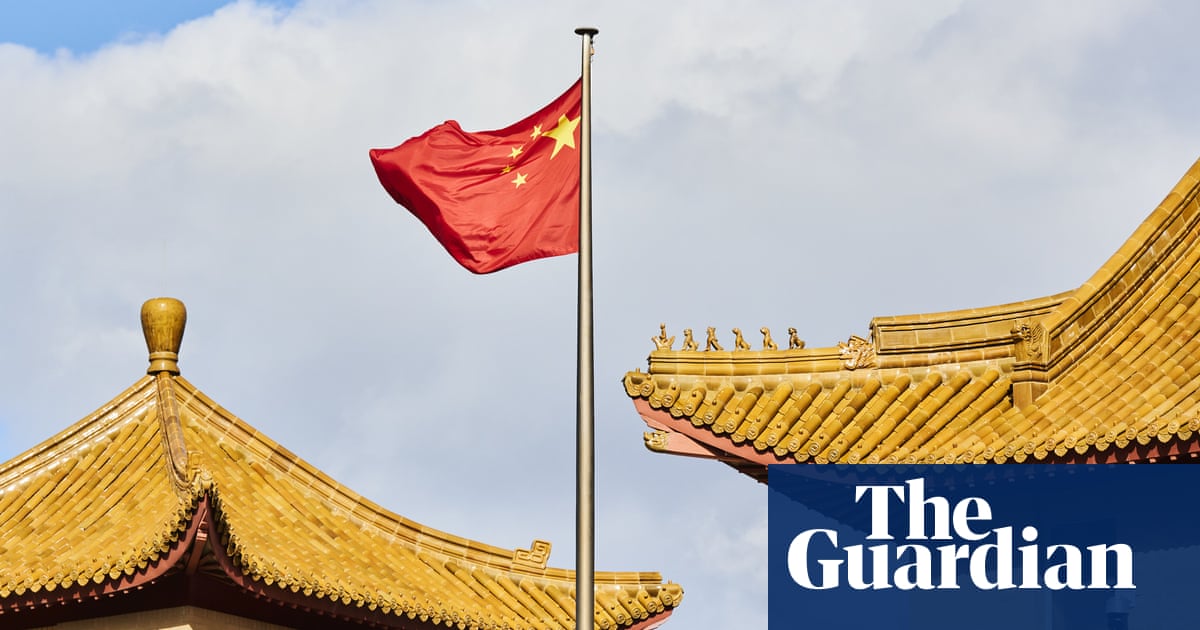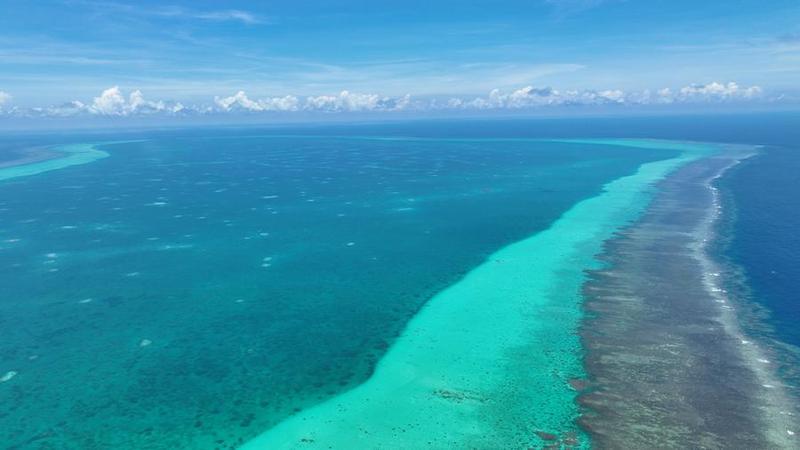Chin again reliant on Australia
China against targeting Australia’s biggest export, iron ore as it built manages to transport it.
After cutting back on steel production to meet climate change targets, the Communist power is now embarking on large-scale transport infrastructure projects.
This has seen prices for iron ore, the commodity used to make steel, recover to reach a three-month high of $US128 a metric tonne as of Tuesday.
While that is below well the all-time high of $US222 a tonne reached in July last year, the signs are good for Australia with China kickstarting 3 trillion yuan ($A655billion) worth of infrastructure projects in the first three weeks of 2022.
China is now becoming more reliant again on Australia’s biggest export, iron ore (pictured is a Fortescue Metals Group dump truck in Western Australia’s Pilbara region)
Saxo Bank Australia market strategist Jessica Amir said this was already boosting demand for iron ore from Western Australia’s Pilbara region.
‘China’s steel output is slowly improving but is still at low levels,’ she said.
‘Shipments leaving the Pilbara are also increasing.’
Ms Amir said China’s latest infrastructure spending spree was already almost triple the 1.2 trillion yuan announced during the first three weeks of January 2021, and was likely to increase in March after the Beijing Winter Olympics.
‘Iron ore orders will be volatile but pick up again in March,’ she said.
‘Beijing is likely to very slowly increase its bulk buying of iron ore again with China’s steel mills ramping up from March onwards. But this is a wait and see.’
Ms Amir said more China infrastructure spending would be needed to boost iron ore prices closer to $US200 a tonne.
‘We’d need to see more stimulus announced from China to move iron ore up again,’ she said.
After cutting back on steel production to meet climate change targets, the Communist power is now embarking on large-scaled transport infrastructure projects (pictured is a subway station entrance in the middle of a field at Hangzhou)
‘And I expect China will do that, as it wants to aggressively grow its economy and infrastructure is key, with steel being needed.’
The Global Times, the mouthpiece for the Chinese Communist Party, last week reported a series of new 2022 projects in Shanghai, south-west China’s Sichuan Province, east China’s Jiangsu Province and northern China’s Hebei Province.
In the Hangzhou, a subway has even been build under an empty field, with the Fengbei station located in the middle of open space instead of skyscrapers in the distance.
Infrastructure building could keep iron ore prices elevated as the likely collapse of heavily-indebted property developer Evergrande threatens to cause demand to plummet for iron ore, with less steel required to build apartment towers.
Saxo Bank Australia market strategist Jessica Amir said this was already boosting demand for iron ore from Western Australia’s Pilbara region
China, Australia’s biggest trading partner, also grew by 8.1 per cent in 2021 – the fastest annual pace in a decade.
This also marked a sharp turnaround from 2020’s 2.3 per cent gross domestic product growth which was the slowest since 1976, data from the National Bureau of Statistics of China showed.
Australia, the world’s biggest iron ore miner, has also benefited from Brazil suffering heavy rain that has delayed Vale’s production levels.
Iron ore volumes from the South American nation have been diminished since the 2019 Vale tailings dam collapse.
In November, Australia’s annual exports to China rose by 24 per cent to $179.6 billion.
This was only marginally below September’s record of $179.8 billion, a CommSec analysis of Australian Bureau of Statistics data showed.
Iron ore is by far Australia’s biggest export with $10.464billion shipped overseas in November.
But that was still well below June’s $20.971billion export haul when iron ore prices were still peaking at levels above $US200 a tonne.












